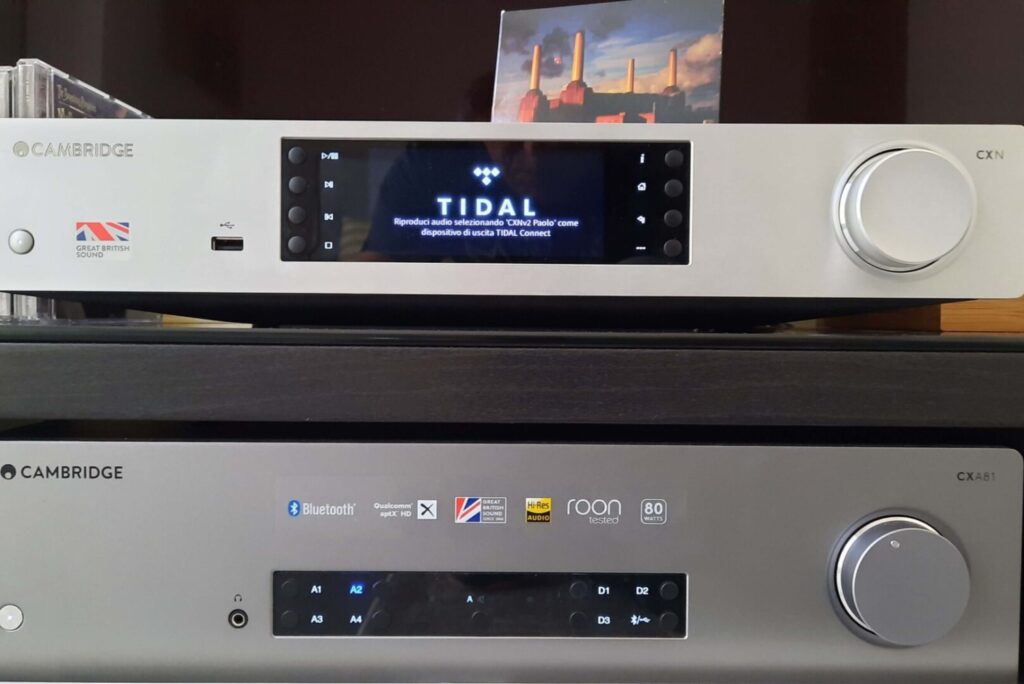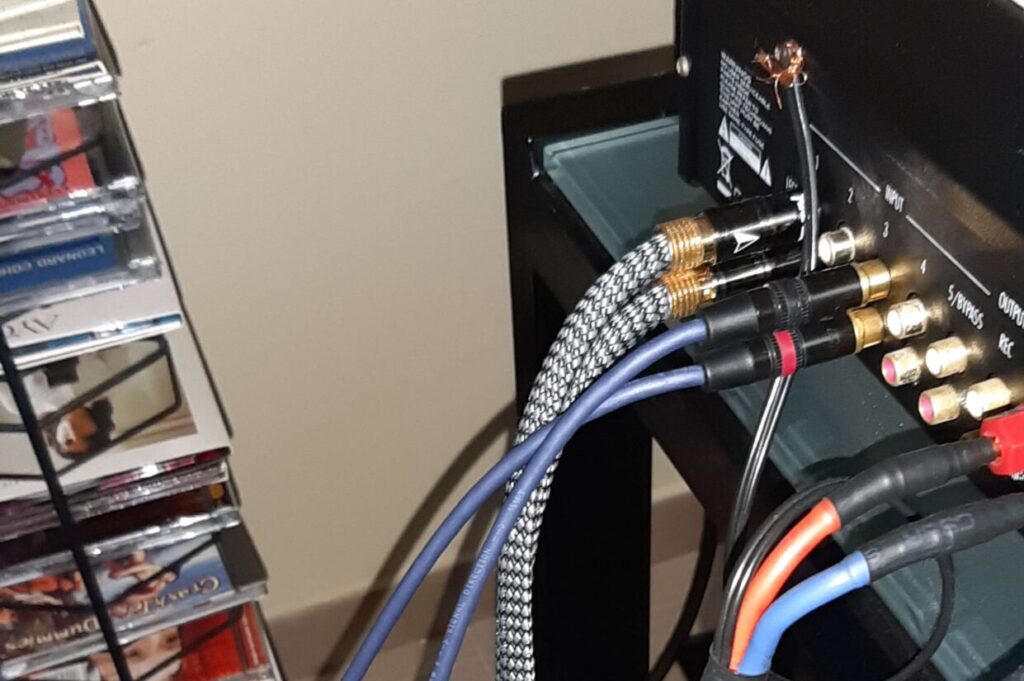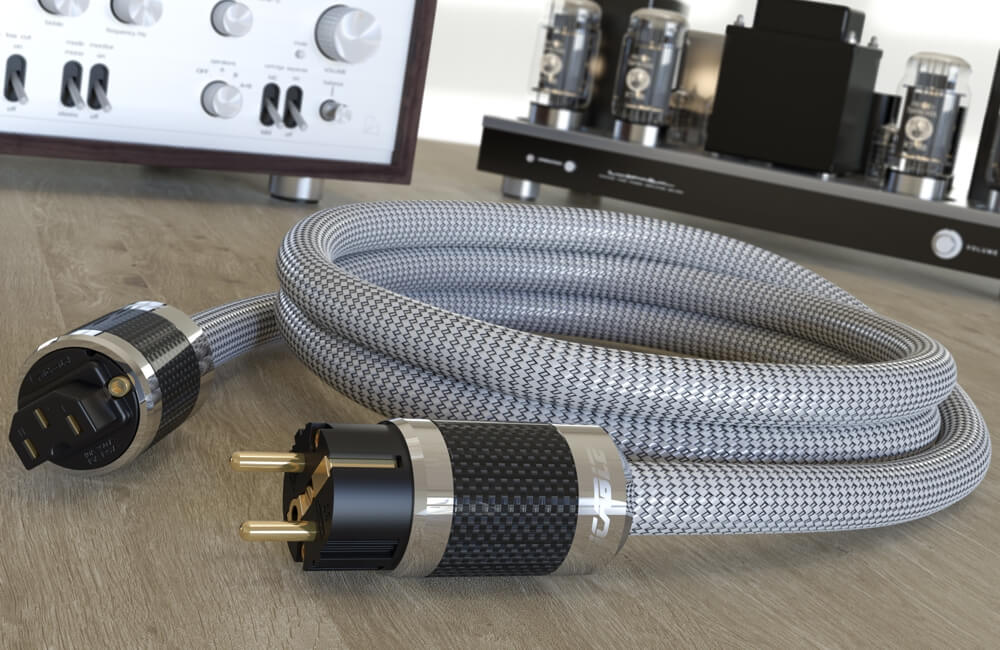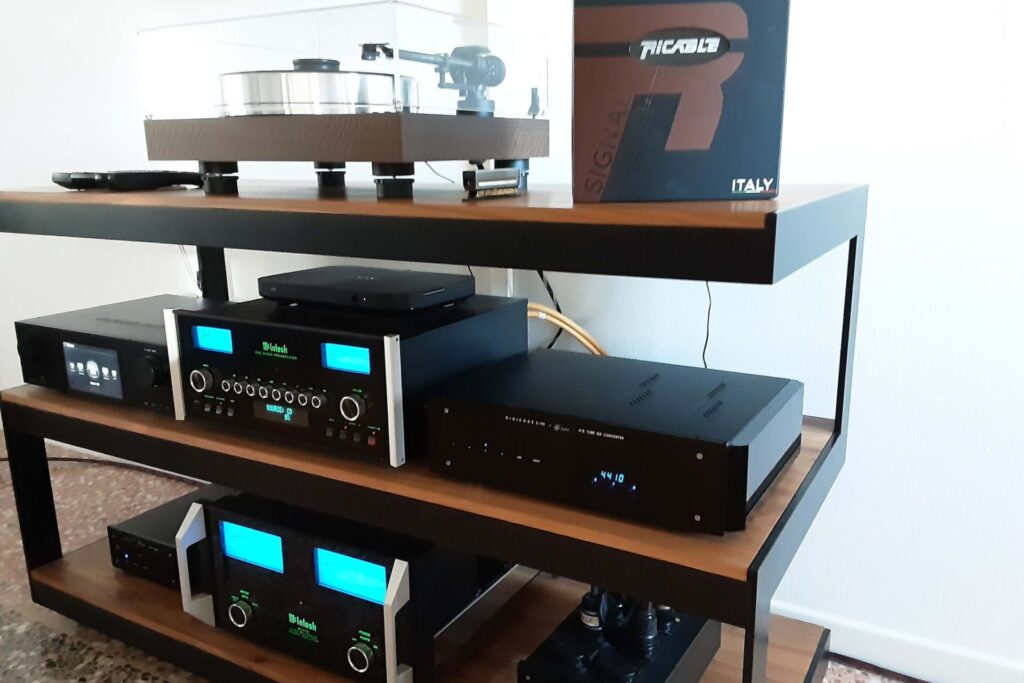The year 2024 at Ricable has begun under the banner of new products Invictus Signal and XLR Reference. These are in fact the new additions to the catalog. They are not an addition, but rather a replacement and an improvement, since they have replaced Invictus Signal and Invictus XLR, respectively, in our offerings. The top-of-the-line INTERCONNECT analog cables, in both semi-balanced and balanced versions, have been revamped; let's find out what has been changed and what has been retained.
What's new from Invictus Signal and XLR Reference
Let's make a premise: both cables were the first conceived in the new design course Ricable, so it was very difficult to improve them, as they already boasted so many prominent elements of our most recent production. That said, there were three elements that we were able to improve anyway.
The first is the conductor, increased by 13% to better carry the acoustic signal. The conductors now measure 0.64 mm², up from the previous 0.57 mm², still made of 7N MARC Copper (Multicore Annealed Ricable Conductor) with strands of 0.08 mm. A second element is the inclusion of the double dielectric with two newly developed R-TEC polymers, which can further reduce the electrical capacitance. We are talking about 20%, while noise is totally eliminated. The third and final main improvement is devoted to shielding, which has been increased by 10% to cut down external interference. As for the second element, namely the double dielectric, we specify that break-in is crucial. Maximum efficiency will be reached after at least one hundred hours of listening, thus of polarization, which occurs with the passage of the electrical signal at low voltage. As is the case with the audio signal.

What they kept Invictus Signal and XLR Reference
The two new INTERCONNECT analog Reference cables are born with the complicated goal of improving already excellent products. That is why so many elements of the "previous" cables have been retained.
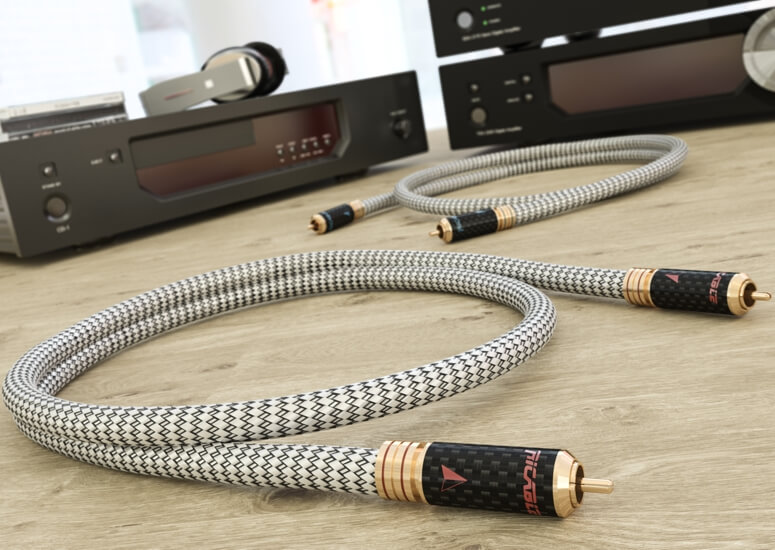
The connectors remained entirely in OFC copper, a material that provides 40 percent better performance than brass in terms of electrical parameters. The connectors of the Invictus Signal and XLR Reference cables have also retained the non-magnetic shell made of anti-interference alloy and 24K gold plating using a specific electrolysis technique. We also retained the germanium semiconductor on all conductors, which cuts down the background noise and hiss generated by audio peripherals. Same, and it could not be otherwise, for the geometry (semi-balanced and balanced respectively) with triple copper/aluminum/magnesium shielding. The insulating materials used are the top of R-TEC technology, with special polyethylenes and innovative polymers, in order to lower electrical capacitance and resistance and provide better support for the audio signal.
Precautions for use.
Let us once again emphasize an aspect that may have been lost in the course of the article. The break-in of cables, a topic we have already addressed in the past, with the new Invictus Signal and XLR Reference takes on fundamental importance, due to the dielectric being sufficiently polarized only after at least one hundred hours of use. At this point we can only advise you to take a look at the new catalog Ricable, accessible via the button below, updated for the occasion.







